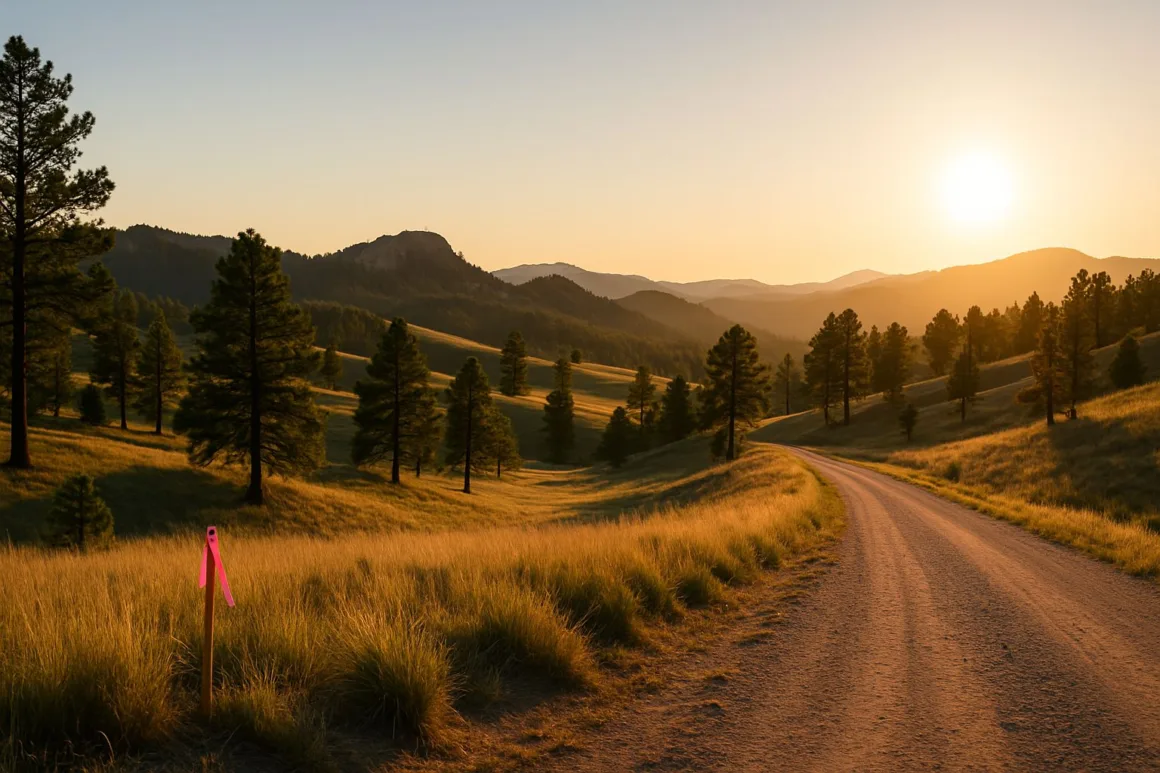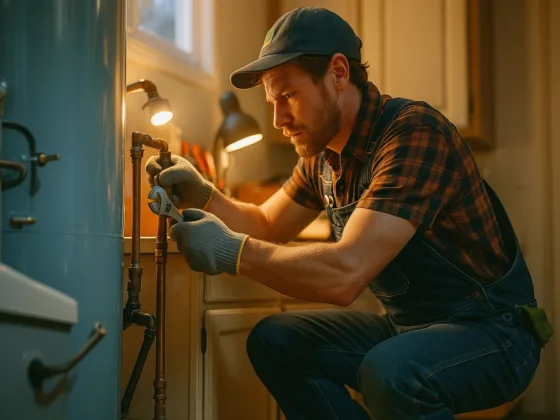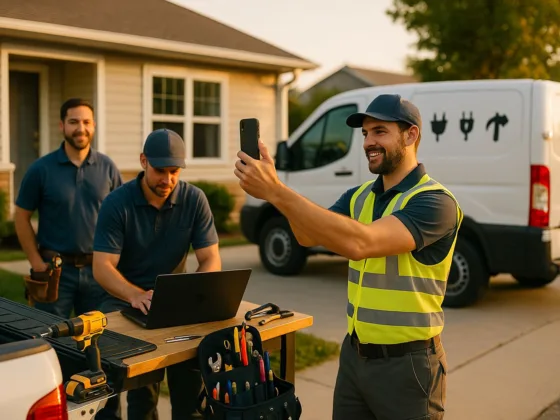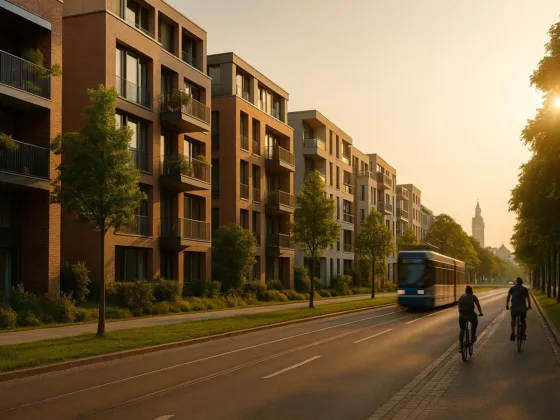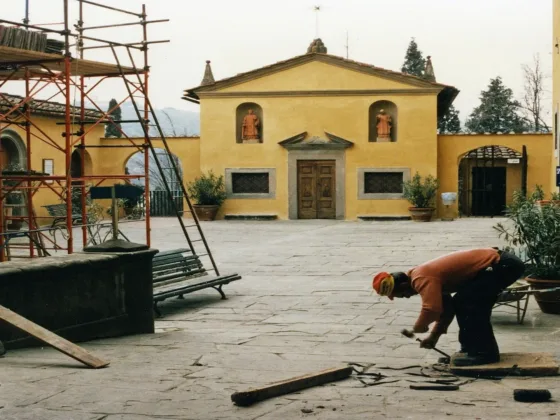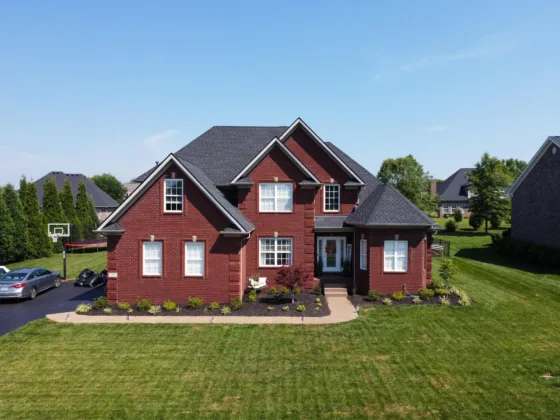Table of Contents Show
Beyond just a scenic destination, the Black Hills represent a dream of freedom, space, and opportunity. However, as more people are interested in this remarkable region, it’s becoming evident that not all land opportunities are the same. The Black Hills are truly a wonderful place, but not all areas offer the same value, quality of life, accessibility, or growth potential. At the same time, it is important to remember that even an ordinary business transaction of buying or selling land in the Black Hills affects what your and your family’s future could be.
That’s why, before you explore Black Hills land opportunities, it’s worth understanding the deeper factors that make this region both promising and complex.
The Reality Behind Unlimited Land
The Black Hills might seem endless at first glance, as they stretch across South Dakota and Wyoming with rolling forests and granite peaks. But usable, developable land is more limited than most people expect. Protected zones, forest service boundaries, and strict local zoning laws all play a part in restricting what can be built and where. This is exactly what fuels the region’s growing value.
Buyers should focus on parcels with verified access rights, reliable water sources, and clear boundary surveys. These details might sound technical, but they’re the difference between owning a beautiful property and owning a headache.
If you are a seller, showcasing these same features can significantly increase interest and final sale price. In a market where supply is tight, the most transparent listings win.
The Future is Sustainable
The Black Hills are a place where nature still defines daily life. Rivers carve through pine forests, wildlife roams freely, and people come here to reconnect with the land. That’s why sustainability is one of its selling points.
Buyers today are looking for eco-conscious properties that respect the environment while supporting modern living. Features like natural drainage systems, native landscaping, or solar-ready layouts add lasting value.
For sellers, this shift presents an opportunity to highlight how their land fits into the growing demand for sustainable living.
Building Value Through Infrastructure
A breathtaking view might draw attention, but infrastructure seals the deal. Accessibility, utilities, and connectivity matter just as much as scenery. Without reliable road access, power lines, or even a decent internet signal, your dream property can quickly become impractical.
Before buying, confirm how easily you can connect to essential services. Check if roads are maintained year-round and how far utilities need to be extended.
On the other hand, sellers can leverage this by providing upfront information on these aspects because, in real estate, convenience is often more valuable than aesthetics.
If you’ve ever imagined living in the Black Hills, see why Hill City, South Dakota, is the perfect place to design your home and build your future.
Understanding the Character of Each Area
Each community in the Black Hills carries its own identity and rhythm. Rapid City is growing fast with urban development and strong infrastructure, while Hill City attracts artists and retirees looking for peace. Spearfish has become a hub for outdoor enthusiasts, and Custer remains steeped in rustic charm.
If you’re buying land, make sure what you want lines up with what the place is really about. Are you envisioning a rental property near tourist routes, or do you prefer a secluded cabin hidden in the pines?
Sellers should also emphasize what makes their parcel’s location special, whether it’s access to hiking trails, proximity to town, or historical relevance.
If you’re planning to sell in the Black Hills, see what catches buyers’ attention in the market and how you can make your home stand out.
Designing With the Land, Not Against It
When we talk about “designing for the future,” we’re talking about working in harmony with the land and community. The most successful developments in the Black Hills work with the natural contours of the land rather than forcing something foreign onto it.
Site-sensitive architecture using local materials, preserving slopes, capturing natural light, and integrating passive energy design adds both beauty and longevity. Buyers who plan ahead with design in mind are less likely to face costly surprises later. On the other hand, sellers who showcase a parcel’s design potential through concept sketches or build studies also stand out in a competitive market.
The Importance of Legal Clarity and Ethical Deals
One of the biggest mistakes buyers and sellers make in rural areas is rushing through due diligence. In the Black Hills, thorough research is essential as land titles can trace back generations, and some properties overlap with culturally significant areas.
Always verify title history, mineral rights, and easements. Make sure local zoning laws align with your intended use, whether residential, agricultural, or commercial. And above all, conduct every transaction with transparency. The Black Hills community is tight-knit, and a fair reputation carries more weight here than flashy marketing.
If you’re dealing with property title issues, see how selling to cash buyers can help you resolve them quickly and keep your sale on track.
Market Timing and Long-Term Outlook
The real estate market in the Black Hills remains robust, but like any market, timing still matters. Demand peaks around tourism seasons, and prices tend to rise near developing infrastructure projects. Rapid City’s growth, for example, continues to ripple outward into nearby towns, shaping new opportunities for both buyers and sellers.
If you’re buying, the quieter months might offer better negotiation leverage. If you’re selling, list when visibility is highest, which typically occurs from spring through early fall. While trends shift, what remains constant is the Black Hills continuously attracting people looking for meaning, space, and a deeper connection to nature.
Final Thoughts: Planning Beyond Ownership
This region’s value isn’t measured only in dollars per acre but in how we preserve what’s timeless and plan for what’s ahead.
The best investors here are not those chasing quick returns, but those designing for the future. They think in decades, not months. They value the balance between progress and preservation. So, before you take the next step, remember that success in the Black Hills doesn’t come from chance. It comes from vision, respect, and preparation.
Begin your Black Hills land journey with confidence by consulting an experienced real estate professional who understands this unique market.
